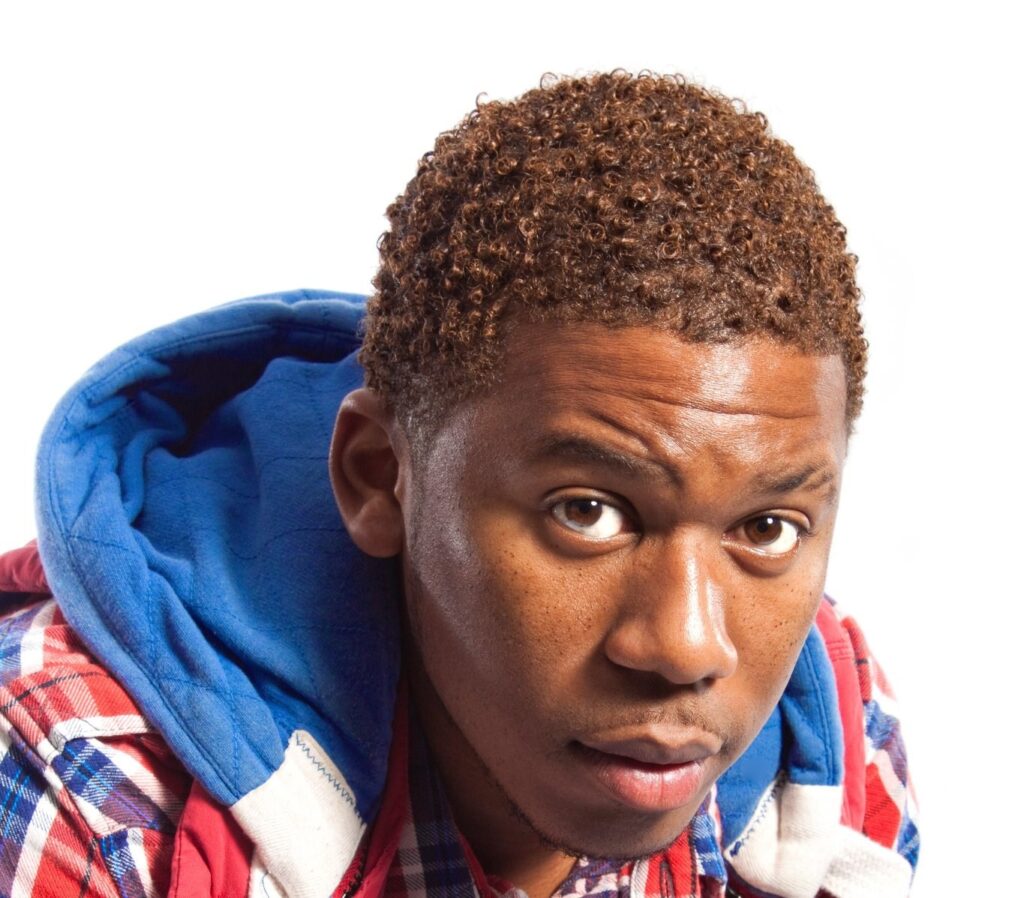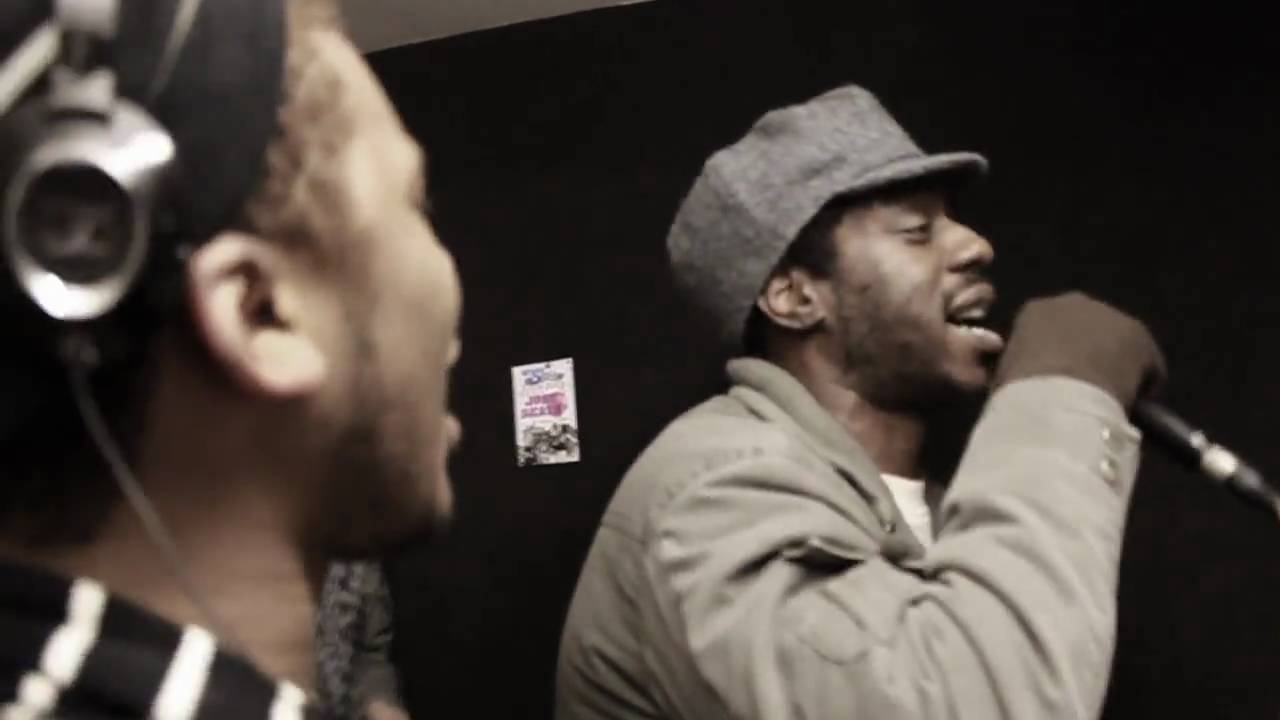Listen to awesome Live FM sets here and here as well.
It looks like few people wander from the automated trains here. The station has been designed with white lights, escalators in bright steel and a way out, of course, but this feature for one seems badly conceived. Using it is punished by marooning on a spaghetti-hoop junction, where road-backs are bent into the air, splaying out pillars without feeling for the ground below. This is so that occasionally a car can whine around in loops, before shooting off towards another pocket of lamplight. Anyone on foot has the choice of toiling in the shadows underneath. Although there is a smell washed up by the tide, there’s no way to see or get to the riverside.
Fenced in by knots of traffic, inching up behind a car on fire, is a yard. Every two hours day and night, small groups come to a mobile cabin flaking away on the spot. The walls serve as a noticeboard for messages daubed in marker or etched in ballpoint.
"RINSE FM," says one. And underneath in a different hand: "WHOEVER WROTE THAT YOUR MUM. ALL ABOUT LIVE FM DICKHEAD."
Rinse FM, the former pirate radio station, is world famous. It has a smart studio in London where the equipment always works and is unlikely to get stolen. It has some good DJs. But if you feel you have to look under the city’s fingernails, for what can be dug up raw and half-formed, Live is probably the station you’re trying to get on your radio or your computer.
"All I know," says Topsee, "is that Live FM is biggest pirate radio station right now on the FM dial. It’s got the biggest DJs, the biggest MCs. It could be better equipment-wise, but we’re strictly business, we get on with it anyway."
He’s an MC who has to count among Live’s biggest, and its biggest DJ is almost certainly his friend Petchy. Both started out when they were caught up by jungle, which is where Topsee says he gets his "rolling tongue". Then they were seduced by UK garage, before he became "lazy" for a while and Petchy locked onto grime. Wiley and DJ Mak 10 were inspiring acquaintances from "around the way" in East London.
The thing most likely to energise the latent mass of DJs, MCs and producers always changes with the times. Now Petchy and Topsee are typical of another transfer of energy, to house music, the ruling sound on stations such as Live and Deja Vu FM.
"I started playing house in 2003," says Petchy. "I’ll tell you exactly how it happened. In 2003 I’d been coming out of grime. I think that might have been the time when it was peaking. I was around most artists that were doing well, like the Wileys of the world. And I remember one time, my cousin’s come to my house. He said, ‘Bloody hell, Clint, there’s this new thing. I don’t know what it does to me but you need to come with me.’ There’s nothing new about house but it was new to us. And the thing is, it’s crazy, the person who was throwing this dance was my uncle. I’ve always had uncles my mum’s age who have been into house forever, doing Ibiza and whatever when they was youngers.
"My cousin said, ‘Listen, it is different. There’s all types of colours, there’s people in funny hats, funny clothes, it’s just crazy.’ Now the thing what got me is, I said, ‘All right, what time does it start?’ He says five o’clock in the morning. So I was like, I have never heard of a rave that starts at five o’clock in the morning.
"I went. It was in a club called Studio 33 in Vauxhall. Instantly when I walked through the door I just stood there with my mouth open. There was about 1,000 people in the place and they were dancing, they were singing. And I’m saying, ‘It’s six o’clock in the morning, why are these people still going?’ The crowd was a lot older, I was probably the youngest one in there. A woman just come up to me and took my hand and started dancing. There was some people in there that was off their head. It wasn’t that that caught me – like, ‘Oh my god, this is a place where you can take pills as well’ – it was just the fact that everyone loved each other.
"Remember, I’m coming from grime, where if you step on someone’s shoes you feel like you need to leave in a hurry before something happens. And then the music that was playing – all put together, I just loved it. I loved it and I went back and back. It was the love that basically got me, and it sort of reminded me of old-school garage when that got started."
Possibly, there are thousands of DJs in existence who could tell a story in parts like this one. Petchy is different because he can capture some of the electric charge of jungle, garage and grime when he plays. Some of the credit should go to the so-called UK funky producers who see his show as an outlet for their music (currently, he favours Mad One, Ossie, Murdz 86 and Money Anderson among others.) Their version of house is developing in a way you could compare to garage, which grew from a compost of imported and recycled US house. At its most impressive, it reacts together hedonism, futurism and populism, just like those other genres of British dance music.
What’s more special about Petchy is that he can play conventional house without falling into the bovine contentment of less interesting DJs. It feels as if he’s sawn off the barrels of the records, undermining their composure in favour of something less predictable.
This is where Topsee comes in too, along with the other MCs who usually work with Petchy, Shantie and Dream. In proximity to him, any one of them generates an intense field of energy, even on a Tuesday night in a radio studio. As he says, "It doesn’t matter if there’s two of us or 200." Often he abruptly cuts the music so they can run on unaccompanied with trademark verses, like the star MCs used to do at grime raves such as Eskimo Dance. This always triggers an avalanche of excitement from listeners, who call in and text from London, Essex and Kent demanding rewinds.
"If you go to different shows," explains Petchy, "all you have is a DJ and an MC. The DJ plays for himself, the MC plays for himself. What me and Tops has is a chemistry, this telepathic thing that we have in our head. I could be a million miles facing that way and Tops can be a million miles facing this way, and he would know exactly what I’m going to do. He will say something and I’ll think, ‘Bam, cut that out straight away,’ because I know what’s coming next. We haven’t spoke about it or nothing. See how excited I get when he says a new lyric. I’ll go to sleep thinking, ‘Fucking hell, that was mad what he said.’"
"I say my energy and my content is different to a lot of MCs," says Topsee. "A lot of the funky MCs are gimmicky, they’re repeating words and stuff like that. I don’t mind it, but I’m more of a lyrical content, tell you a story kind of guy."
Petchy continues: "I think he has all them elements, because there’s times when gives you a thousand things, and then he can tone it right down. So I think all of them elements come in when he does his thing.
"Dream is another guy I’ve known for years. He used to MC to jungle back in the day – like we said, where it all starts. He done all right back then as well. He was quite up there with the likes of Shabba and Skibadee. And I used to DJ jungle with him back then, every now and again, and then garage every now and again. Shantie’s another one, he’s a bit older than us. We’ve all done different things since we was young – we was all doing music, just separately. And every now and again there’d be a little party. I’d go there, I’d be DJing, Topsee would be there and Shantie would be there. And we’d all come together and do our little thing."
Most of the four’s success so far has come within a club circuit running around the peripheries of London and through Essex. Normally they’re billed along with hip-hop, R&B or bashment acts. "We play a lot at If Bar, that’s a new a club in Ilford," says Topsee. "The crowd that go there, they know us now. I could say the beginning of a line of one of my lyrics and they’ll finish off the rest. We’ve got it that sweet."
For the MCs, the next step is to establish themselves further in their own right. Shantie now also appears with funky’s best known DJ Marcus Nasty, in clubs and on Rinse FM. Dream has branded himself with the name ‘Sweep Dem Gally’ (complete with T-shirts) after a popular set of lyrics about woman trouble.
"I’ve definitely made progress this year," Topsee says. "Otherwise I wouldn’t be in it. I’ve got good feedback from legends: people like MC Kie, MC Creed, PSG, Mighty Moe from Heartless Crew. These guys have told me face to face that I’ve just got to carry on doing what I’m doing and I’ll go to the top."
An interesting development for Petchy is his popularity at Pacha, a stronghold of the commercialised clubbing establishment not known for supporting UK funky. Now he sometimes headlines there alongside familiar, older DJs such as Joey Negro.
"It goes down bloody well," he says. "I’ve had bloody applause from them. You can play UK bits there, hard UK, and they love it. Different promoters, different producers will come up to me, like Joey Negro. I was thinking, ‘You’re shaking my hand, you’re telling me my set was wicked.’ I’ve been doing it long enough now to know that people do listen. But it’s one thing to know that people listen and another to actually meet people who are saying, ‘Petchy, it’s nice to meet you!’ I’m like, ‘No, it’s nice to meet you!’ It’s just crazy, so I’m just trying to embrace it and take it as it comes."
This column is intended to be the first in a series. It has a simple motivation, probably the same as a lot of others: to discuss music that isn’t much written about otherwise. This comes from a feeling that certain kinds of music, particularly dance music, are getting a bad deal. Critical attention to UK funky for instance (as well as related ways people are adapting house) is limited to less than a handful of regular sources.
When major record labels realised the could make money from rave, and then jungle, and then garage, high profiles were a prospect for the musicians and DJs of the time. Independent ventures could also do well sometimes because of the mass of acceptance behind the movements. Now the climate is different. That much is hard to deny. If you want to go further, perhaps you could argue this: that the most efficient networks for dance music now bear more resemblance to those of noise culture or lo-fi indie, in the sense that they operate on idiosyncrasy and atomisation.
Looking at some recent journalism, one peculiarity of this might be that idiosyncratic and atomised individuals are favoured. You could conclude it helps if they can be held up as exceptional in some of the following terms: they’re free from "genre restrictions"; they avoid "formula"; they defy "geographical boundaries", either because they "join dots" between improbable genres, or because they work in a genre from an improbable location.
This is fine, although the above qualities are starting to look fairly commonplace. Anyway, there’s no reason why music that isn’t like that can’t be interesting too. That’s the idea here.




